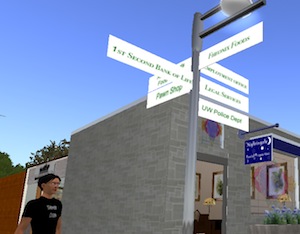 (This post originally appeared over at Metaverse Health)
(This post originally appeared over at Metaverse Health)
One of the advantages of being a regular (daily) observer of virtual worlds news, is you get a fair idea of trends. One growth trend over recent months has been the interest in the health applications of virtual environments.
One of the better pieces of media coverage is one by the Wall Street Journal. It’s well worth the read for anyone after a useful overview of where things are up to. The article is also pretty well balanced, citing the limitations of the approach:
The online world isn’t perfect, though, as Carol Kilmon discovered. An associate professor of nursing at the University of Texas at Tyler, Dr. Kilmon wanted to train students to respond to emergencies such as a man in cardiac arrest or a boy having trouble breathing.
But in early testing, she has run into some hitches. Many students have older computers that can’t support the Second Life system, or live in rural areas with iffy Internet connections. And it takes them a long time simply to master moving around in the virtual world. “They’re not necessarily gamers,” Dr. Kilmon says. Still, she’s pressing ahead.
That sums up the challenges very nicely, but the last sentence is the crucial one. There are hundreds of health professionals who see the potential of immersive virtual worlds for health professional training. It’s those same people who will eventually help the technology become a key aspect of a comprehensive curriculum.


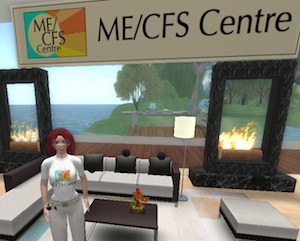
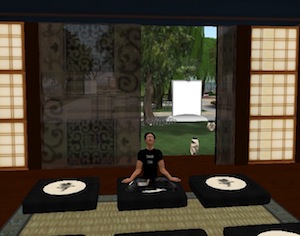



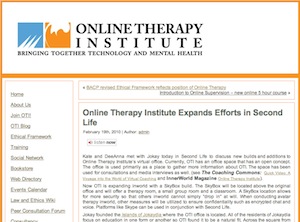
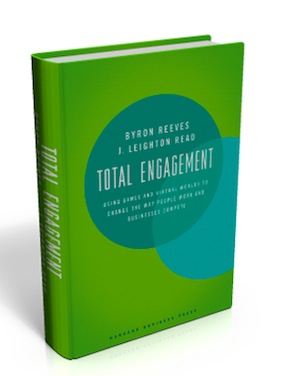
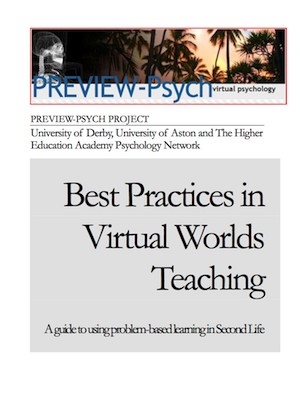
Recent Comments